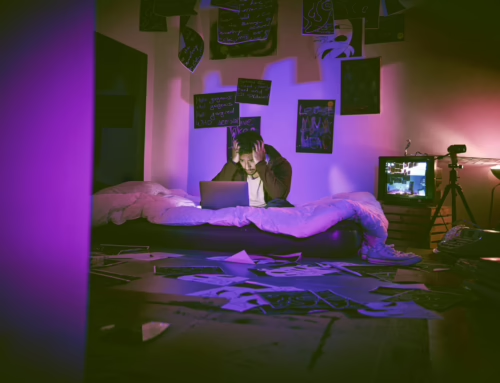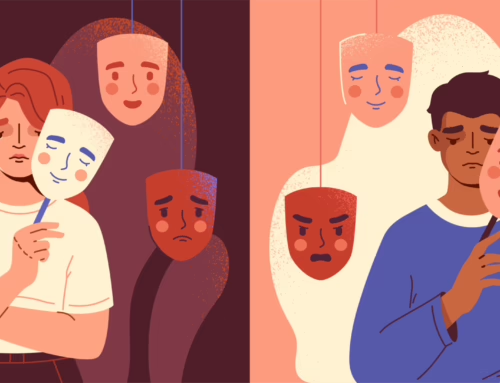Riding the Highs: What Hypomania Really Looks Like in Bipolar Disorder
When people hear about bipolar disorder, they often think of dramatic mood swings between deep depression and extreme mania. But there’s another side to the disorder that’s often misunderstood: hypomania.
Hypomania is a less intense version of mania, but it can still significantly impact daily life, relationships and overall well-being. For those living with bipolar II disorder, hypomania is a key diagnostic feature—and recognizing it early can help prevent bigger challenges down the road.
What Is Hypomania?
Hypomania is a mild to moderate elevated mood state that lasts for at least four days. It’s characterized by increased energy, activity levels and mood, but it’s not as extreme as full-blown mania. People experiencing hypomania may seem energetic, social, productive—or euphoric—but this “high” can also lead to impulsivity, poor decision-making and eventual burnout.
Unlike mania, hypomania usually doesn’t include psychosis or require hospitalization, but it’s still a clinical symptom of bipolar disorder that requires attention and care.
Common Signs and Symptoms of Hypomania
While hypomania may feel “good” at first, it often leads to emotional and practical consequences. Some typical signs include:
- Elevated or irritable mood
- Increased energy or restlessness
- Racing thoughts or fast speech
- Less need for sleep (but still feeling energized)
- Heightened creativity or goal-directed activity
- Risky behavior (overspending, substance use, impulsive sex, quitting jobs)
- Inflated self-esteem or grandiosity
To the outside world, someone in a hypomanic state may appear unusually charming, motivated or energetic. But over time, these episodes can strain relationships, disrupt stability and lead to emotional crashes—especially if left untreated.
Hypomania vs. Mania: What’s the Difference?
Understanding how hypomania differs from mania is key in identifying and treating bipolar II vs. bipolar I disorder. Here’s how they compare:
- Duration: Hypomania lasts at least 4 days, while mania lasts 7 days or more and may require hospitalization.
- Severity: Hypomania causes noticeable but manageable changes in behavior. Mania is more severe and usually results in significant impairment in daily life.
- Psychosis: Hypomania does not include hallucinations or delusions. Mania often does.
- Functional Impact: People experiencing hypomania may still function in daily life (though often with consequences). Mania typically disrupts normal functioning entirely.
The Risks of Untreated Hypomania
Because hypomania doesn’t always feel like a problem at first, it can be tempting to ignore. But left untreated, hypomania can:
- Trigger depressive episodes
- Disrupt important routines like sleep and work
- Lead to dangerous decisions or behaviors
- Cause relationship damage or financial issues
Many people with bipolar disorder report that their hypomanic episodes are harder to notice until things spiral out of control. That’s why ongoing support and education are so important.
Treatment and Support for Hypomania
Managing hypomania is possible—with the right tools. Treatment usually includes a combination of:
- Mood stabilizers or antipsychotic medications
- Therapy (such as CBT or DBT)
- Routine tracking of moods, sleep and triggers
- Lifestyle changes (consistent sleep, stress management, reduced substance use)
At a treatment center that offers trauma-informed and individualized care, like Tapestry in Brevard, NC, people with bipolar disorder can learn to recognize early warning signs, regulate their emotions and build long-term stability.
You Deserve Balance and Support
Hypomania may seem like a boost of energy at first—but it’s still a signal that your brain and body need care. If you or a loved one is struggling with the ups and downs of bipolar disorder, help is available.
Reach out today to learn more about treatment options, compassionate care, and how to live a more balanced and empowered life with bipolar disorder.






